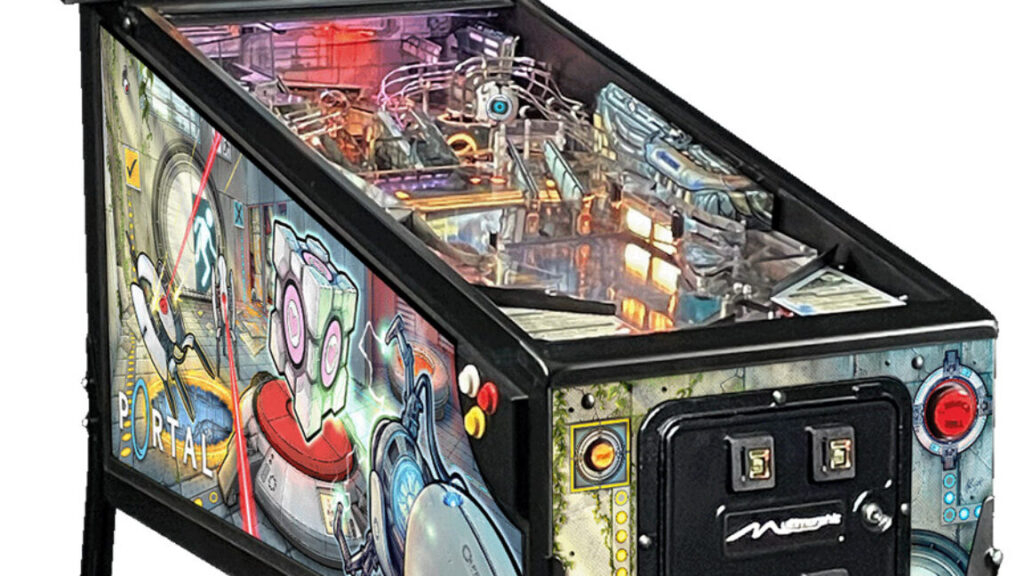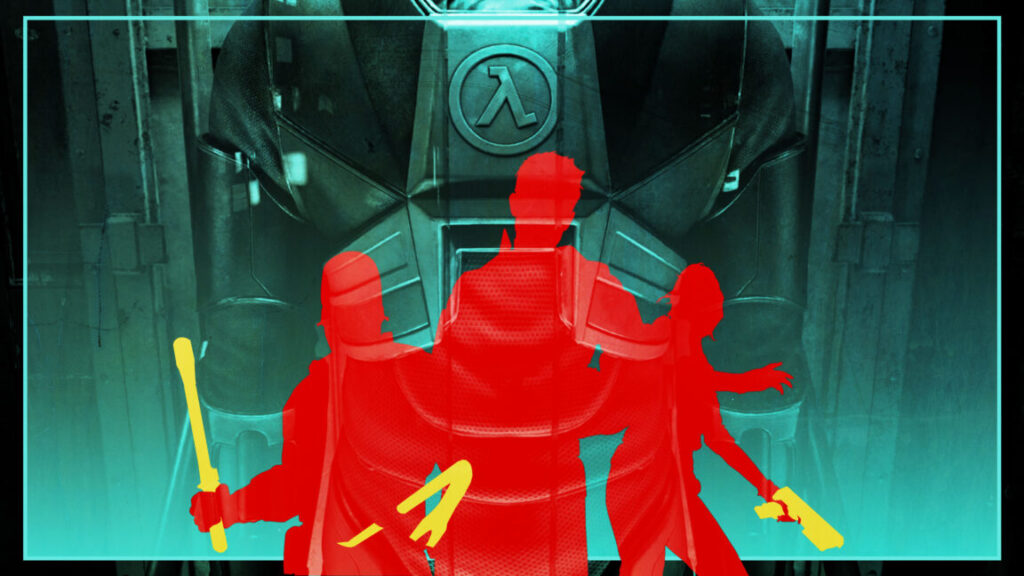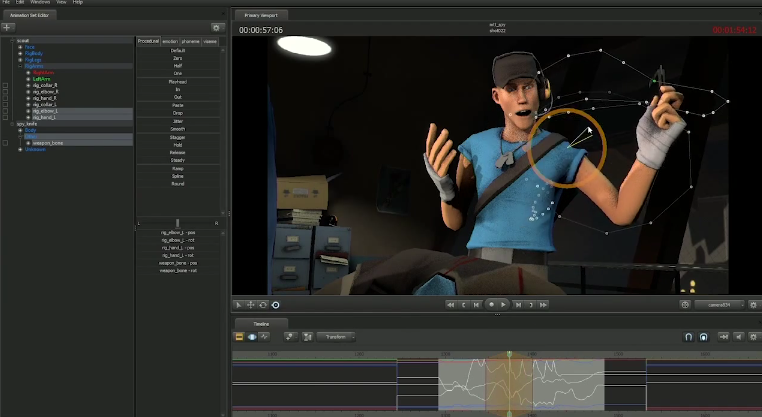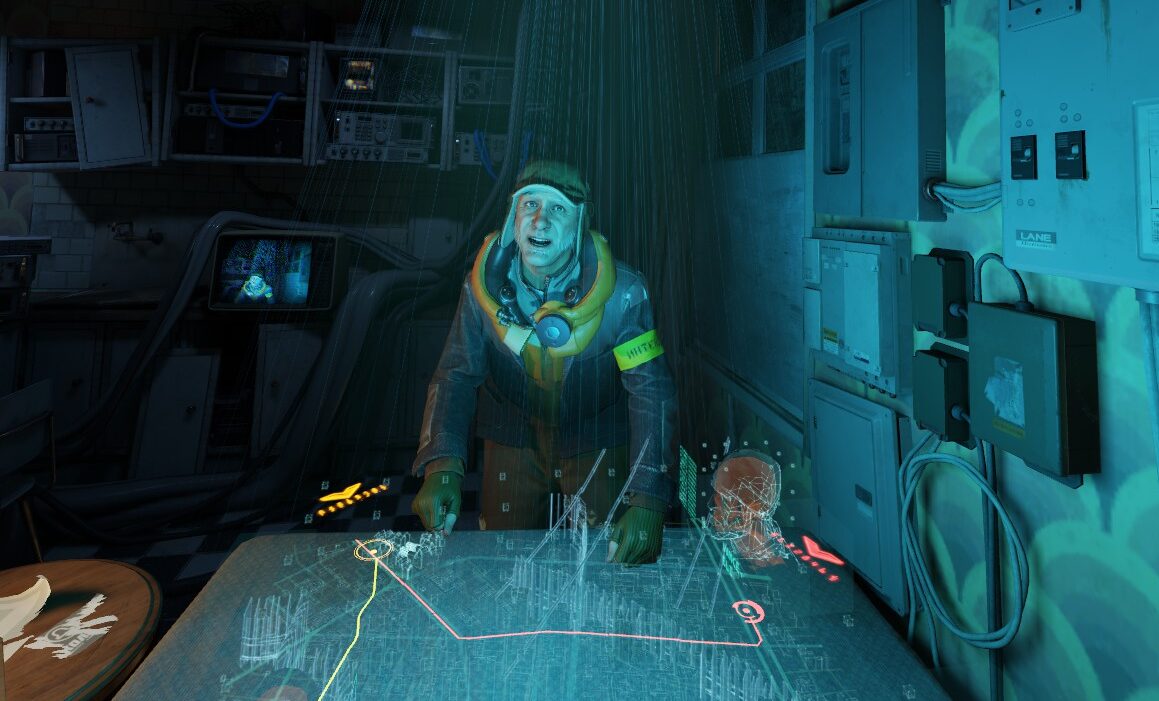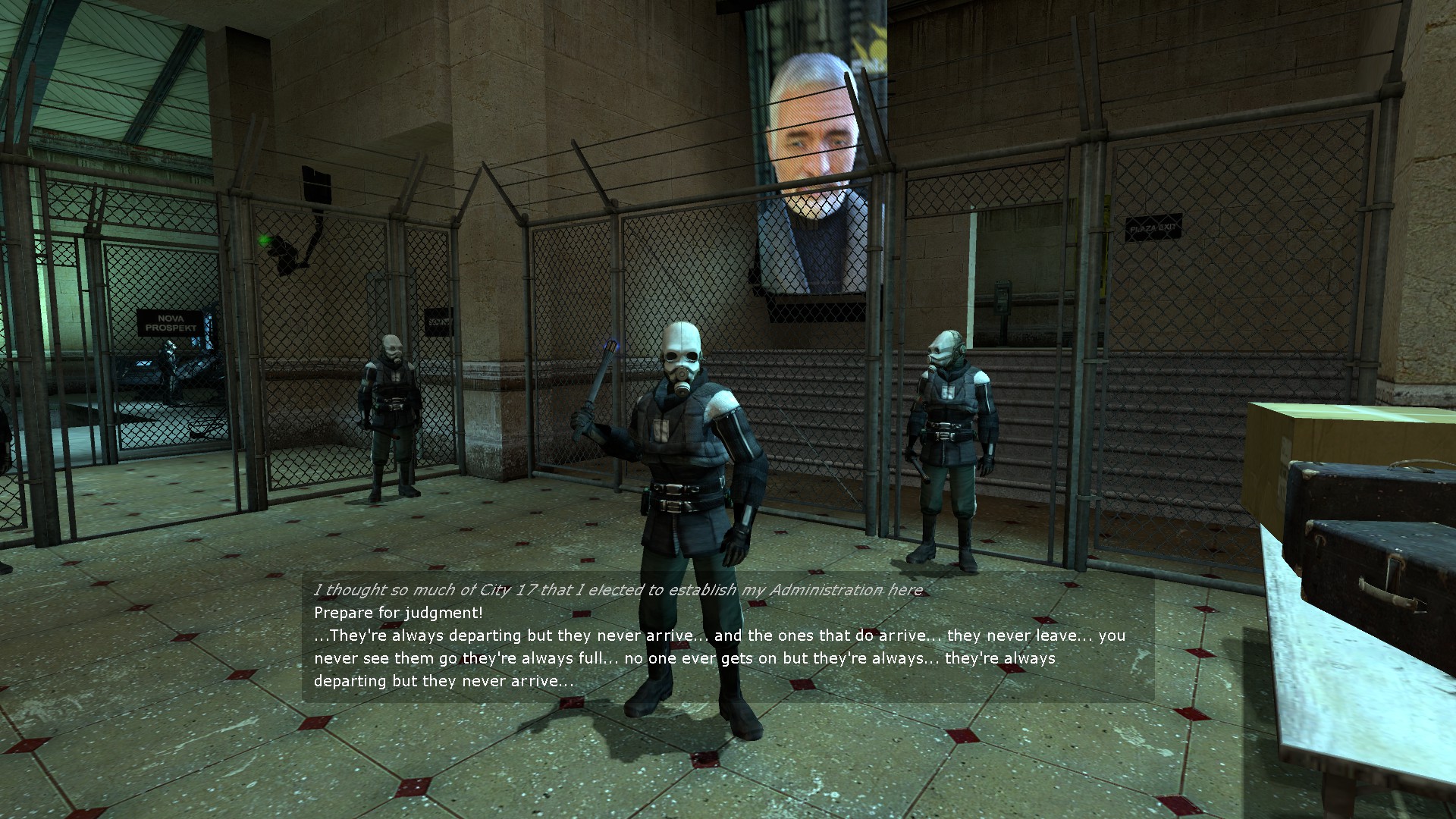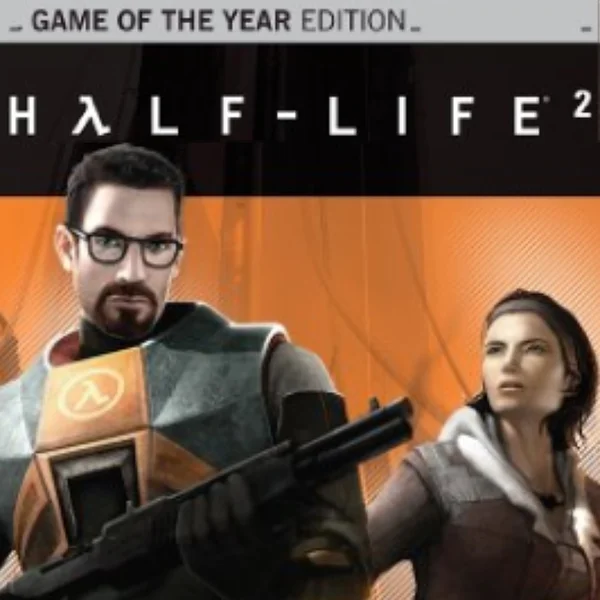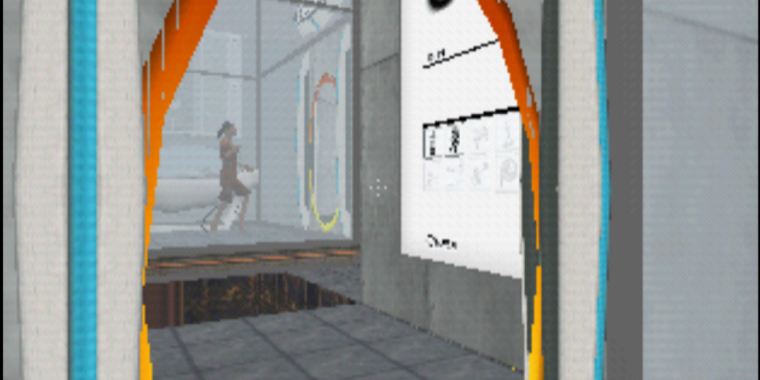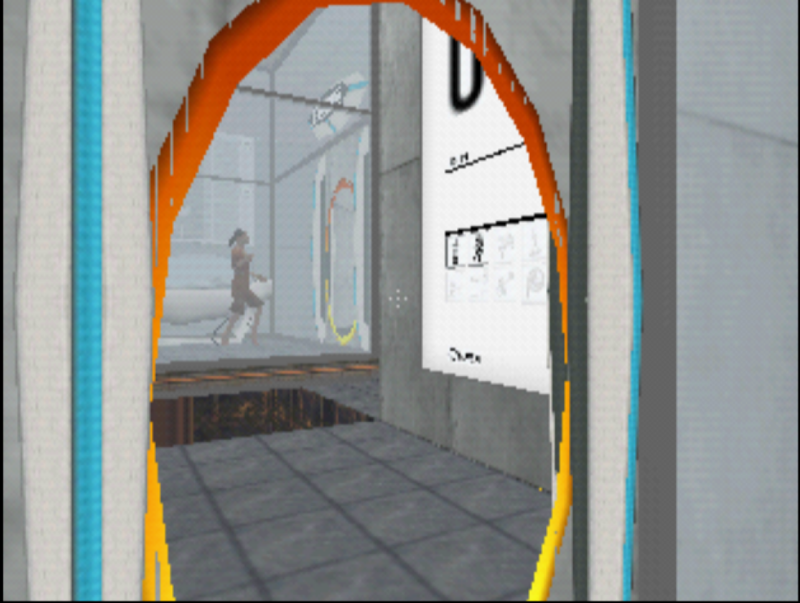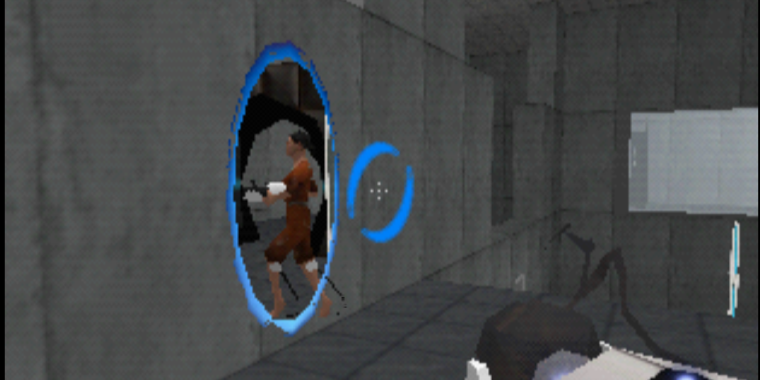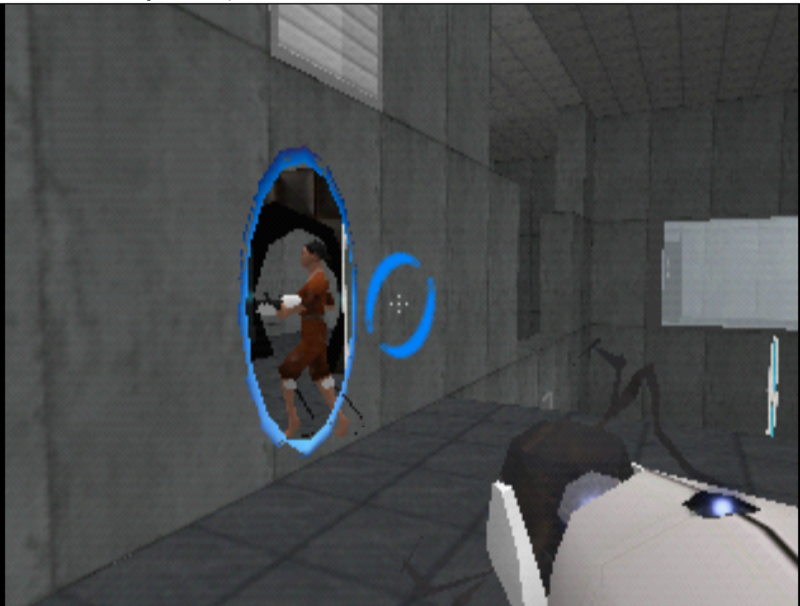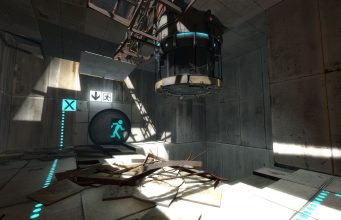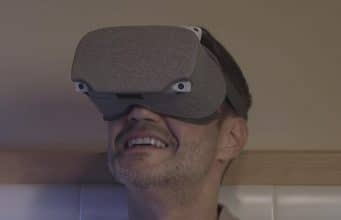New Portal pinball table may be the closest we’re gonna get to Portal 3
A bargain at twice the price
The extensive Portal theming on the table seems to extend to the gameplay as well. As you might expect, launching a ball into a lit portal on one side of the playfield can lead to it (or a ball that looks a lot like it) immediately launching from another portal elsewhere. The speed of the ball as it enters one portal and exits the other seems like it might matter to the gameplay, too: A description for an “aerial portal” table feature warns that players should “make sure to build enough momentum or else your ball will land in the pit!”
The table is full of other little nods to the Portal games, from a physical Weighted Companion Cube that can travel through a portal to lock balls in place for eventual multiball to an Aerial Faith Plate that physically flings the ball up to a higher level. There’s also a turret-themed multiball, which GLaDOS reminds you is based around “the pale spherical things that are full of bullets. Oh wait, that’s you in five seconds.”
You can purchase a full Portal pinball table starting at $11,620 (plus shipping), which isn’t unreasonable as far as brand-new pinball tables are concerned these days. But if you already own the base table for Multimorphic’s P3 Pinball Platform, you can purchase a “Game Kit” upgrade—with the requisite game software and physical playfield pieces to install on your table—starting at just $3,900.
Even players that invested $1,000 or more in an Index VR headset just to play Half-Life Alyx might balk at those kinds of prices for the closest thing we’ve got to a new, “official” Portal game. For true Valve obsessives, though, it might be a small price to pay for the ultimate company collector’s item and conversation piece.
New Portal pinball table may be the closest we’re gonna get to Portal 3 Read More »
